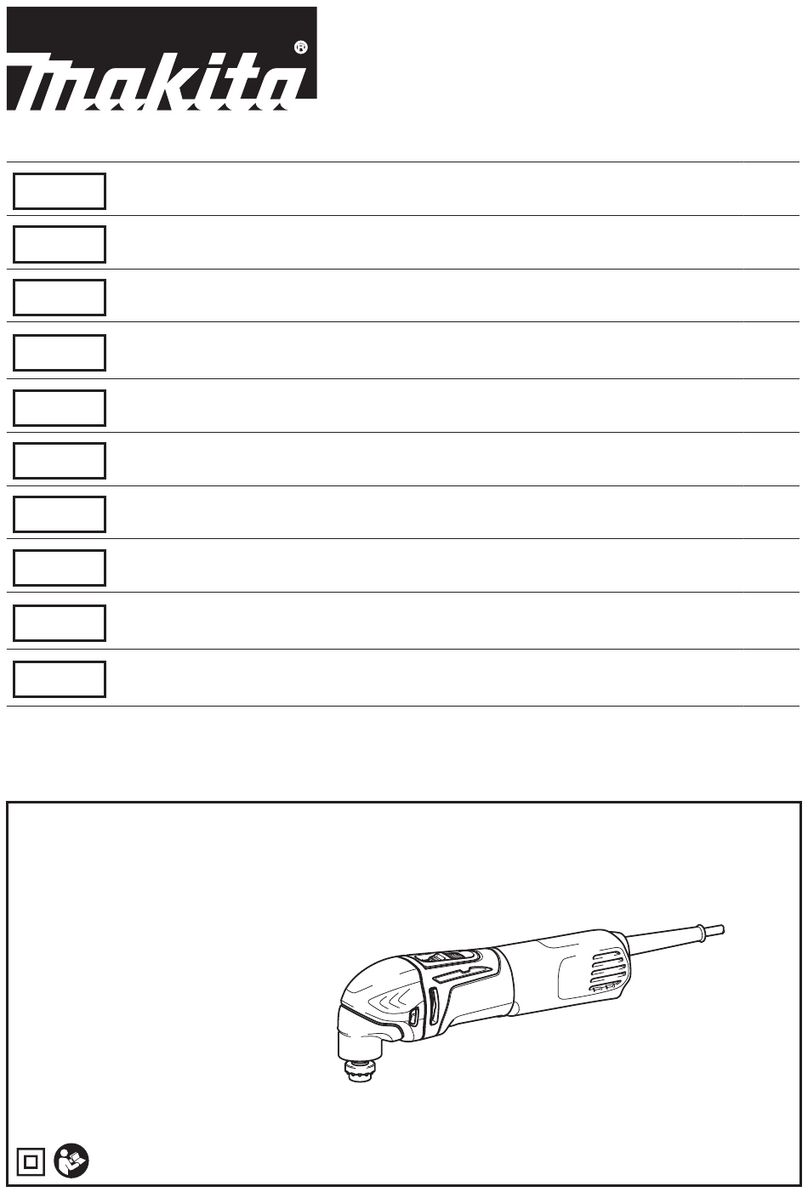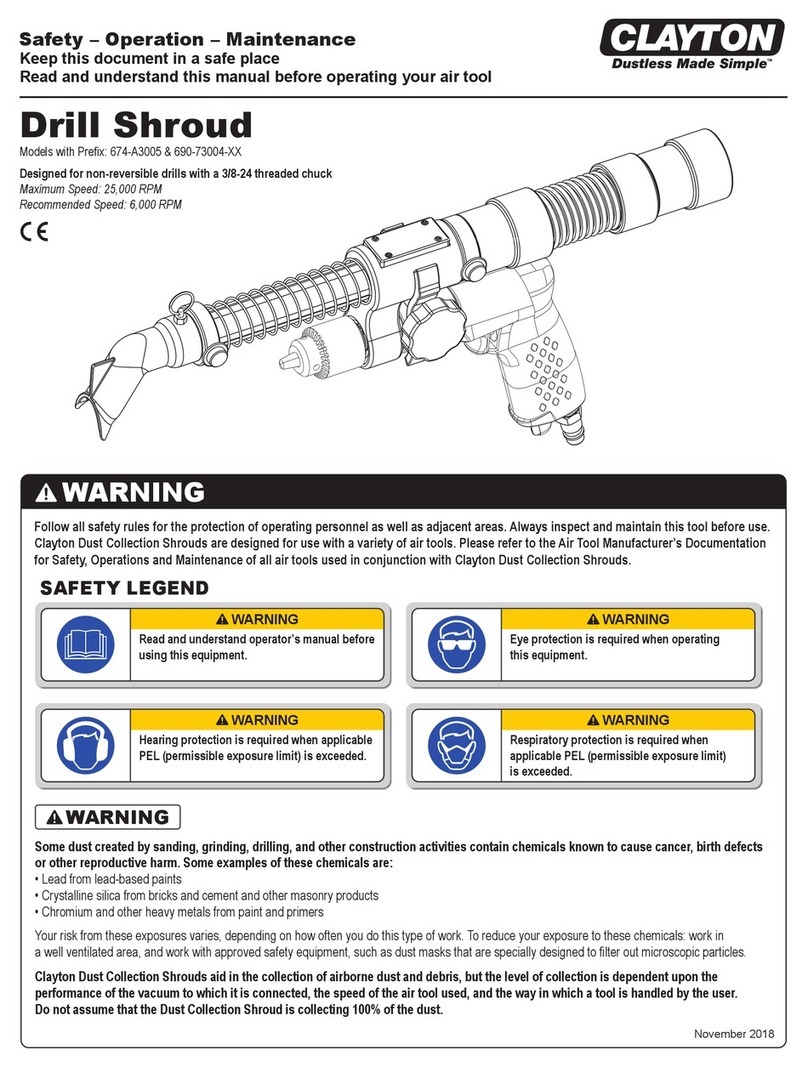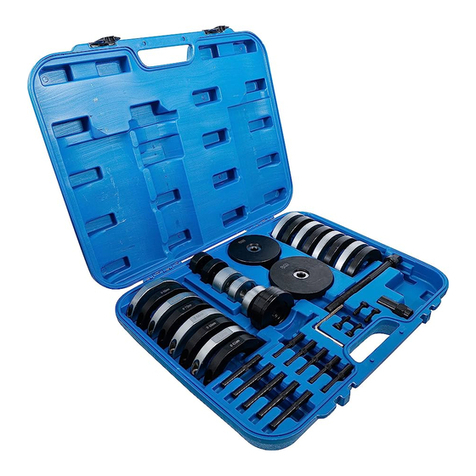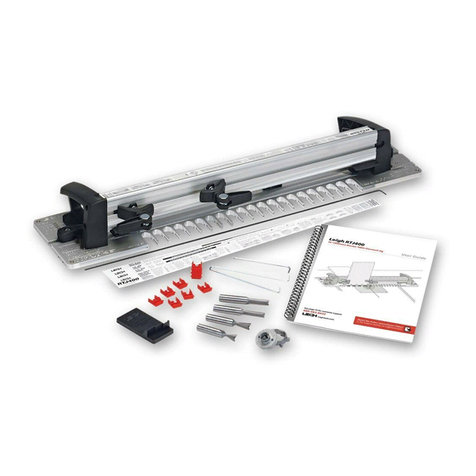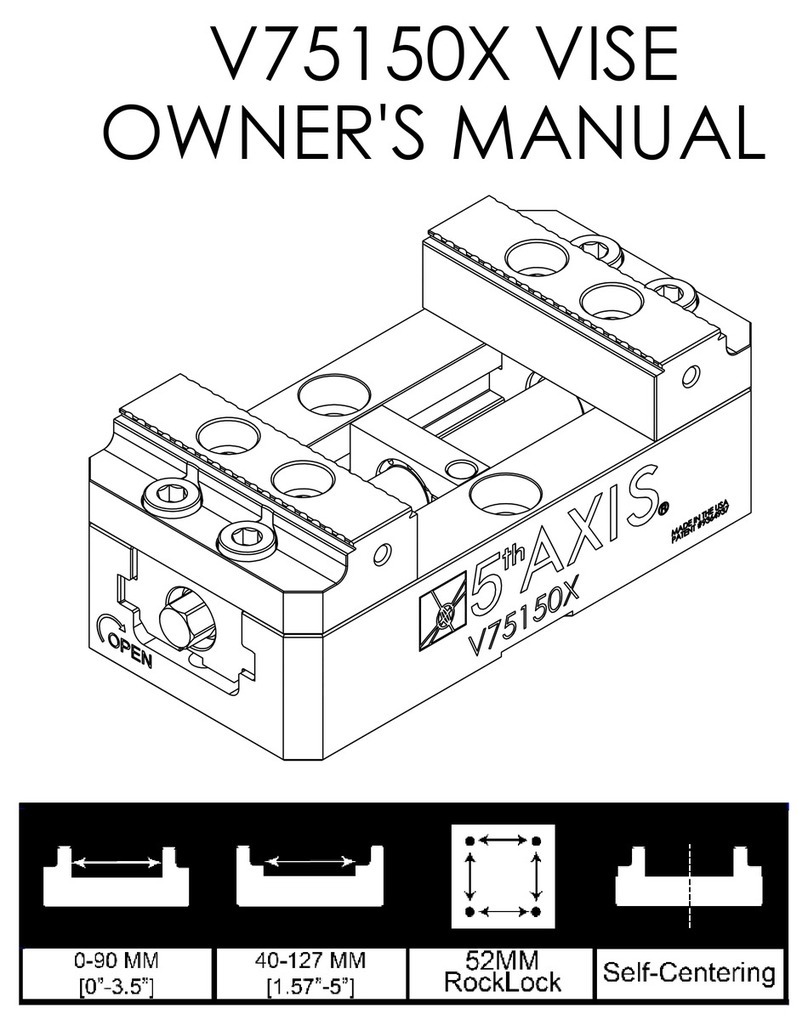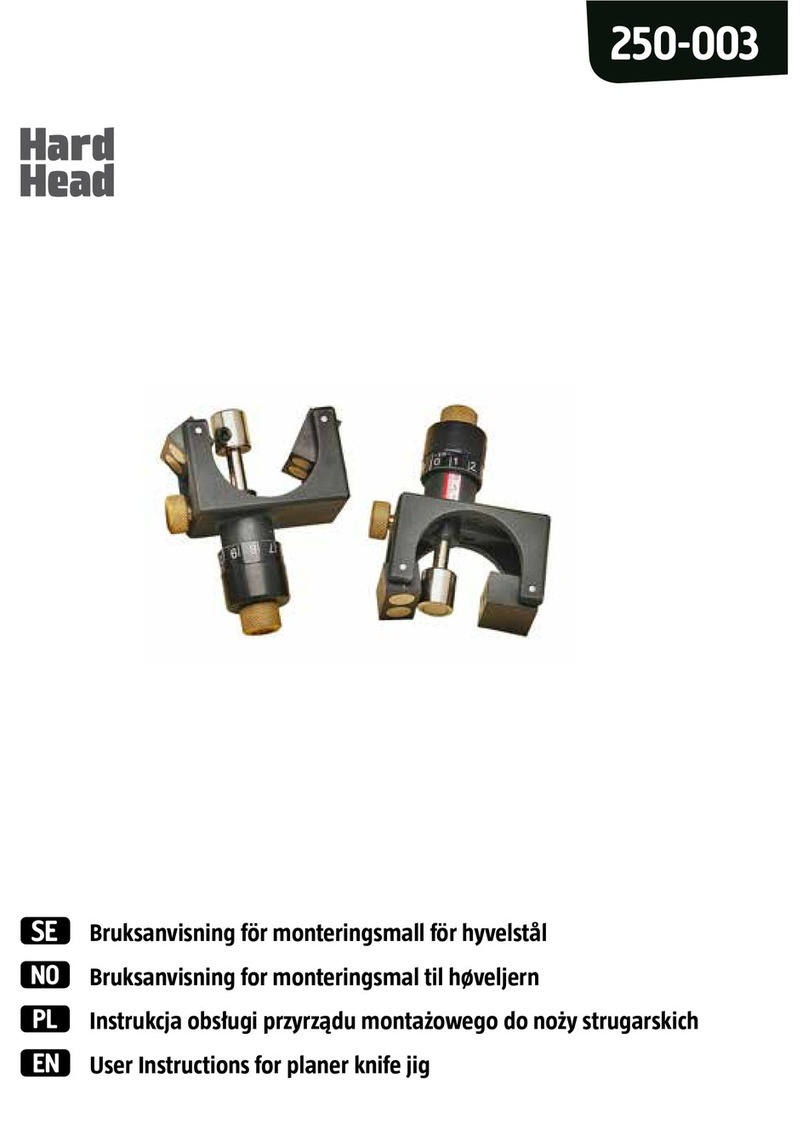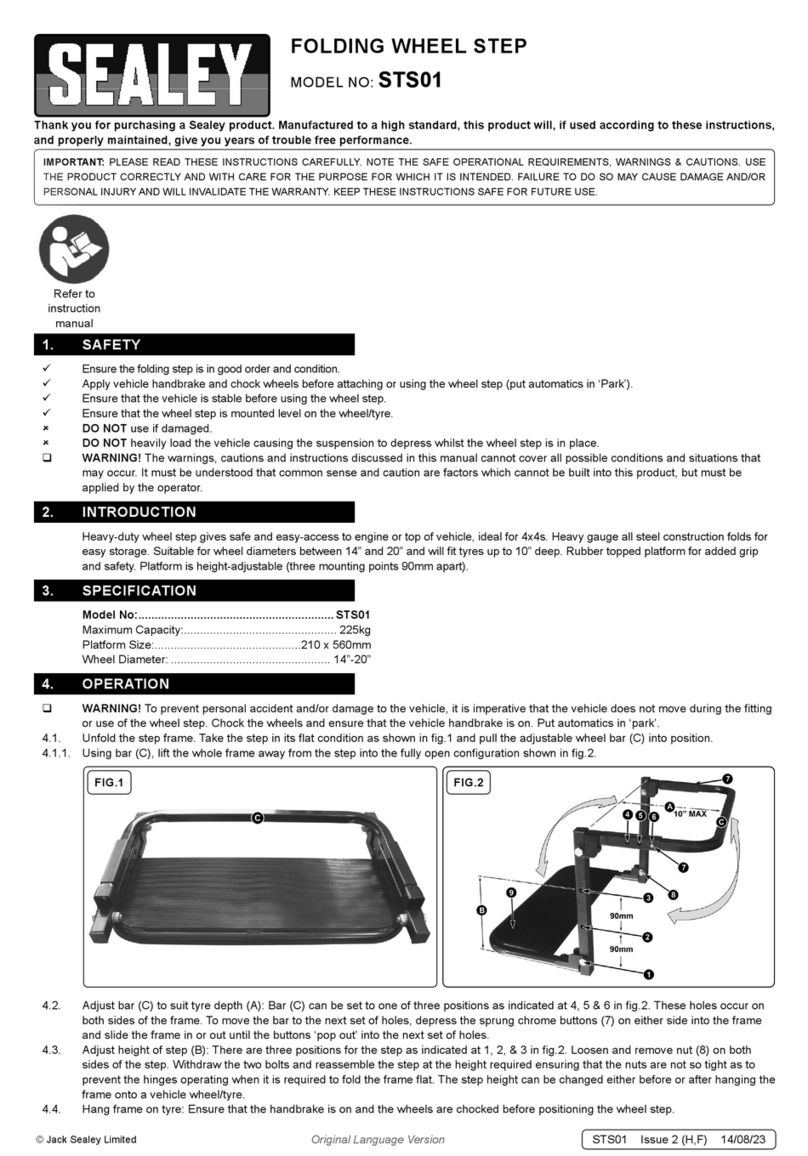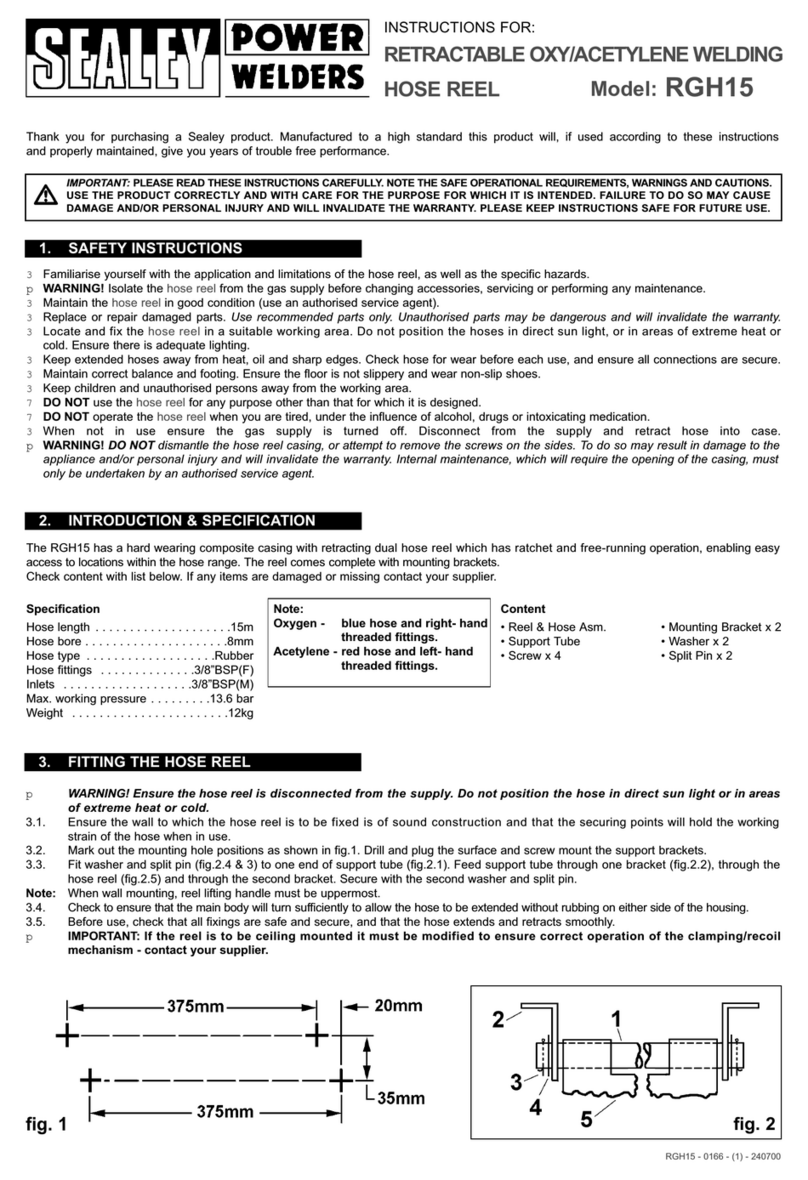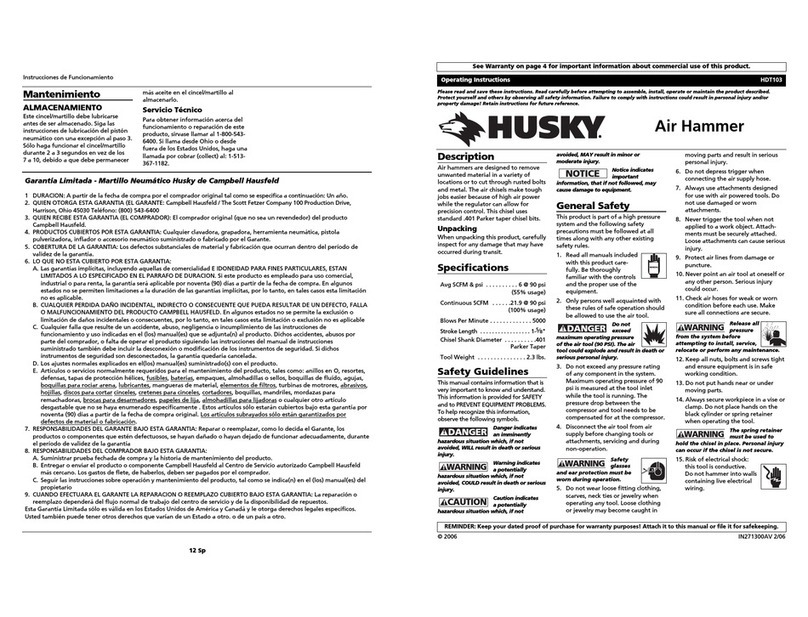HiCoup Double Hinge Waiter User manual

Thank you for purchasing our Double Hinge
Waiter’s Corkscrew!

CONGRATULATIONS AND WELCOME TO THE FAMILY!
We would like to thank you for purchasing the HiCoup Double Hinge Waiter’s Corkscrew. It is with
immense pleasure that we welcome you into the HiCoup Kitchenware family.
HiCoup Kitchenware is a new company whose goal is to provide premiere, professional-inspired
kitchenware direct to consumers like you. We design and produce our own products and are always
adding more professional level kitchenware to our lineup!
We would like to congratulate you for your double hinge waiter’s corkscrew selection because you now
own one of the finest wine opener on the market. The HiCoup Double Hinge Waiter’s Corkscrew was
built to last and has been made from high durability components that will serve you well for years to
come.
It seems elementary - buy wine, pull out cork and drink. But somewhere in the middle, things can get a
little dicey. Especially if you find yourself in a rental cabin or on a picnic without the luxury of a fancy,
state-of-the-art corkscrew.
Our Double Hinge Waiter’s Corkscrew offers the simplest and most basic way to open a bottle of wine —
and I would argue, the most elegant. It is, after all, what waiters and sommeliers use! A few firm twists, a
flick of the wrist and Pop! Out comes the cork.
The first step to using our Double Hinge Waiter’s Corkscrew is understanding its anatomy. All its parts
are tucked into the handle just like a Swiss army knife. Unfold it and you'll see a metal arm with two
notches that attaches to the handle at the hinge. Sandwiched between this arm and the handle on a
hinge of its own is the corkscrew itself (also called the "worm"). The wine key also has a little blade
embedded in the handle that can be used to remove the foil covering the cork.
Once you drill the corkscrew into the cork, that notched metal arm is what you use to anchor the
corkscrew and pull out the cork. It acts as a fulcrum —as you pull up on the handle, you also exert force
down on the arm, which allows you to draw the cork out of the bottle. And to think, you thought you'd
never find a real-world use for high school physics!
This is one of those things that's easier shown than said —and easier to do than to show. So, look at this
guide and then give it a try for yourself!
HiCoup Kitchenware prides itself in offering professional-inspired kitchen products and we hope you are
100% satisfied. If for some reason our product did not meet your expectation, please do not hesitate to
contact us through Amazon or our website and we will do EVERYTHING in our power to make sure that
we make it right for you.
Again, thank you very much for your purchase!
Sincerely,
John-Paul Dechaneo
Founder, HiCoup Kitchenware

TABLE OF CONTENT
Our Mission......................................................................................................................1
Overview of the Waiter’s Corkscrew.................................................................................2
instruction guide - How to open a bottle of wine...............................................................3
instruction guide - How to open a bottle of beer...............................................................6
Troubleshooting Tips for the Difficult Cork........................................................................8
Product Collection ............................................................................................................9

1
OUR MISSION
In 2014, HiCoup Kitchenware introduced its first product, a professional rosewood
waiter’s corkscrew. And although HiCoup Kitchenware may be a relatively young
company, it has been making people across North America stand up and take notice as
we provide them with some of the finest wine accessories and cookware products found
anywhere in the world.
We started our small family business with the belief that customers deserve a value-
added shopping experience that exceeds their expectations –every time they purchase
one of our products. And we have achieved that by taking exceptional pride in the
quality that goes into every product we sell and by providing exceptional service that few
can match.
We take the time and care that’s needed to make sure every product delivers
outstanding performance, good looks, ease of use and durability. And if for any reason
you are not 100% satisfied with your product, we will stand behind it with our lifetime “no
questions asked” warranty. Just contact us and we will personally take care of your
needs and offer personalized assistance.
Not bad for a little family owned company from Toronto, eh!
Pictured from left to right –John, Lori and Alex Dechaneo

2
OVERVIEW OF THE WAITER’S CORKSCREW

3
INSTRUCTION GUIDE - HOW TO OPEN A BOTTLE OF WINE
Please note that the corkscrew includes a sharp wire spring inside the double-
hinge mechanism which can cause injury if exposed. In the event you notice a
malfunction of the spring, please contact us and take advantage of our lifetime
warranty for this product.
The foil knife on our waiter’s corkscrew can sometimes be difficult to open.
However, this was done purposely. If the foil knife is set to be too easy to unfold,
then this could potentially cause the blade to move from side to side or to cause
the knife to inadvertently open (not something anybody wants). These situations
could then result in injuries. When faced with a situation that could potentially
lead to injury, we prefer to err on the side of caution.
Still, our customers find that the foil knife does loosen up naturally after a few
uses. And for people who work in the service industry, or who prefer that the foil
knife be looser faster, we simply recommend applying a little bit of oil at the
knife's hinges to loosen it up. This typically does the trick.
TIP: If you are experienced in using a waiter’s corkscrew,
you may choose to open a wine bottle without the benefit of
a table. However, if you are new at using a waiter’s
corkscrew, you should probably open a wine bottle on a
table. Using a table top relieves the need to jerk or spin the
bottle. It also provides better leverage to withdraw the cork.
Step 1: Unfold the little serrated knife embedded in the
handle of the corkscrew. Cut all the way around the foil
covering the cork, placing the knife approximately three
quarters of an inch below the lip. Twist the foil above the
cut line and tear the foil away.
TIP: If the foil is trimmed at the mouth the wine will dribble
over it.
TIP: Do not get into the habit of spinning the bottle while
pressing your blade against the foil because if the bottle
contains sediment, you will make it impossible to decant
successfully.

4
Step 3: Unfold the corkscrew (a.k.a. "worm") from the
handle. The worm should form a "T" with the handle on one
side and the double hinge fulcrum portion of the corkscrew
on the other side.
Step 4: Insert the corkscrew into the cork by piercing the
cork slightly off center so that the hole in the spiral is at the
center of the cork.
TIP: If the spiral starts against the glass, simply tilt it
diagonally toward the opposite side so that it will travel
through the cork’s center on its way down.
Step 5: Stop turning the wine opener when only 1½ of the
spiral is still visible on the worm.
Step 6: To correctly use the double hinge fulcrum of our
product, push the top part of the hinged fulcrum in towards
the bottle, so the position is as shown on the image.
TIP: Keep your thumb on the top part of the hinged fulcrum
to secure the edge of the fulcrum solidly on the lip of the
wine bottle and to prevent slippage.
TIP: You can also place a napkin between the fulcrum and
the bottle top to protect from chips.

5
Step 7: Lift the corkscrew up using your other hand while
still holding the fulcrum steady against the lip of the wine
bottle. Lift up on the handle, gently easing the cork out of
the bottle as far as you can without bending it. The notched
ledge resting on the bottle will act as a fulcrum, letting you
draw the cork out easily and cleanly.
TIP: It’s important that you pull the cork and corkscrew as
straight up as possible to avoid the cork from breaking.
Step 8: Reposition to the bottom part of the hinge once
you've pulled the cork as out as far as you can. Lift on the
handle again to pull the cork further out.
Step 9: This should cleanly get 99% of all corks out.
TIP: Occasionally you may find a wine bottle with an extra
long cork. If there is still a bit of cork lodged in the bottle,
then simply unfold the hinged arm to form a "T" again and
gently pull the cork the rest of the way out. You may need
to twist the cork a little to wiggle it all the way out.
Step 10: Enjoy!

6
INSTRUCTION GUIDE - HOW TO OPEN A BOTTLE OF BEER
Although our waiter’s corkscrew is first and foremost
designed to open wine bottle, there is a beer and soda
bottle opener located at the tip of the wine opener.
Step 1: Place the bottle opener on the beer cap. Make
sure that the sides of where the bottle opener connects with
the bottle cap is in between two curves in the cap,
otherwise it will take a few pulls before the bottle cap comes
off.
Step 2: Place your thumb on the top of the opener and
start pulling upward while keeping gentle yet firm pressure
on the top of the opener with your thumb.
TIP: Make sure to use both hands when opening a beer
bottle. One hand should hold the beer bottle steady
(preferably the bottle should be resting on a table), and the
other hand should hold and handle the opener.

7
Step 3: After you apply the pressure and pull as shown in
step 2 above, the bottle cap should come off the bottle.
TIP: If it for some reason the bottle cap hasn’t come off the
bottle, reposition the opener and repeat the above steps
until the bottle cap comes off the bottle.
Step 4: When serving the beer tilt the glass slightly and
pour the beer slowly, this will add a little foam but not too
much. If you want more foam, tilt the glass more.
Serving Tips: Store your beer glass in the fridge for
approximately 15 to 20 minutes before you open and serve
the beer. This will cool down the temperature of the glass
and keep the beer cold for some time after it has been
served. (Make sure to check if your glasses are cold
resistant)
Step 5: Enjoy!

8
TROUBLESHOOTING TIPS FOR THE DIFFICULT CORK
Although our double hinge waiter’s corkscrew is designed to significantly reduce any
cork breakage, we all know a lot of things can go wrong when trying to drink a quiet
glass of wine after work. Occasionally you will encounter corks that break, crumble or
otherwise misbehave. And this can be even more distressing when you are opening a
special bottle for important guests. So how does one negotiate through this
embarrassment and get on with the party?
Problem #1 - Part of the cork remains in the bottle’s neck:
Here are a few suggestions. First is the obvious –try to gently extract the remainder by
inserting the corkscrew again but at a slight angle.
A second alternative, depending on the situation, is using a simple cork puller, which has
two prongs that slide down between the bottle and the cork. Gently move the prongs
back and forth, careful not to push the cork in further; then once you think that you are in
far enough, you pull and twist at the same time. This is the best devise we’ve found for
older corks.
Another handy devise is a cork popper. These gadgets involve the use of a needle that
is inserted through the entire cork then CO2 is sprayed in between the wine and the
cork. When done gently, the cork will magically rise out of the bottle.
Problem #2 - Pushing the cork in further and can’t extract it:
Cover the top of the bottle with a cloth and push the cork all the way in. The cloth is for
catching wine that inevitably sprays out when the cork plunges. The best thing to do at
this point is to use a funnel and filter, then simply decant the wine into a clean container,
filtering out the cork and its particles. There are also inexpensive filters that are inserted
into the bottle like a regular cork.

9
PRODUCT COLLECTION
Rosewood Waiter’s Corkscrew
Stainless Steel with Rosewood
Inlay Waiter’s Corkscrew
Ebony Wood Waiter’s Corkscrew
Stainless Steel with Ebony Wood
Inlay Waiter’s Corkscrew
Bai Ying Waiter’s Corkscrew
Stainless Steel with Bai Ying Wood
Inlay Waiter’s Corkscrew
Red Pear Wood Waiter’s
Corkscrew
Stainless Steel with Red Pear
Wood Inlay Waiter’s Corkscrew
Black Pearl Resin Waiter’s
Corkscrew

10
Stainless Steel with Black Pearl
Resin Inlay Waiter’s Corkscrew
Flamingo Resin Waiter’s
Corkscrew
Stainless Steel with Flamingo
Resin Inlay Waiter’s Corkscrew
Jade Resin Waiter’s Corkscrew
Stainless Steel with Jade Resin
Inlay Waiter’s Corkscrew
Moonstone Resin Waiter’s
Corkscrew
Stainless Steel with Moonstone
Resin Inlay Waiter’s Corkscrew
Sapphire Resin Waiter’s
Corkscrew
Stainless Steel with Sapphire
Resin Inlay Waiter’s Corkscrew
Tiger’s Eye Resin Waiter’s
Corkscrew
Stainless Steel with Tiger’s Eye
Resin Inlay Waiter’s Corkscrew
Ying Yang Resin Waiter’s
Corkscrew

11
Stainless Steel with Ying Yang
Resin Inlay Waiter’s Corkscrew
Wing Corkscrew
Crystal Glass Wine Decanter
Red Wine Aerating Pourer
Oyster Knife with Sheath
Granite Mortar & Pestle
Click on the button below to see more about our products on Amazon
HiCoup’s Amazon Storefront

12

13
Table of contents
Other HiCoup Tools manuals
Popular Tools manuals by other brands

General
General 854 instructions
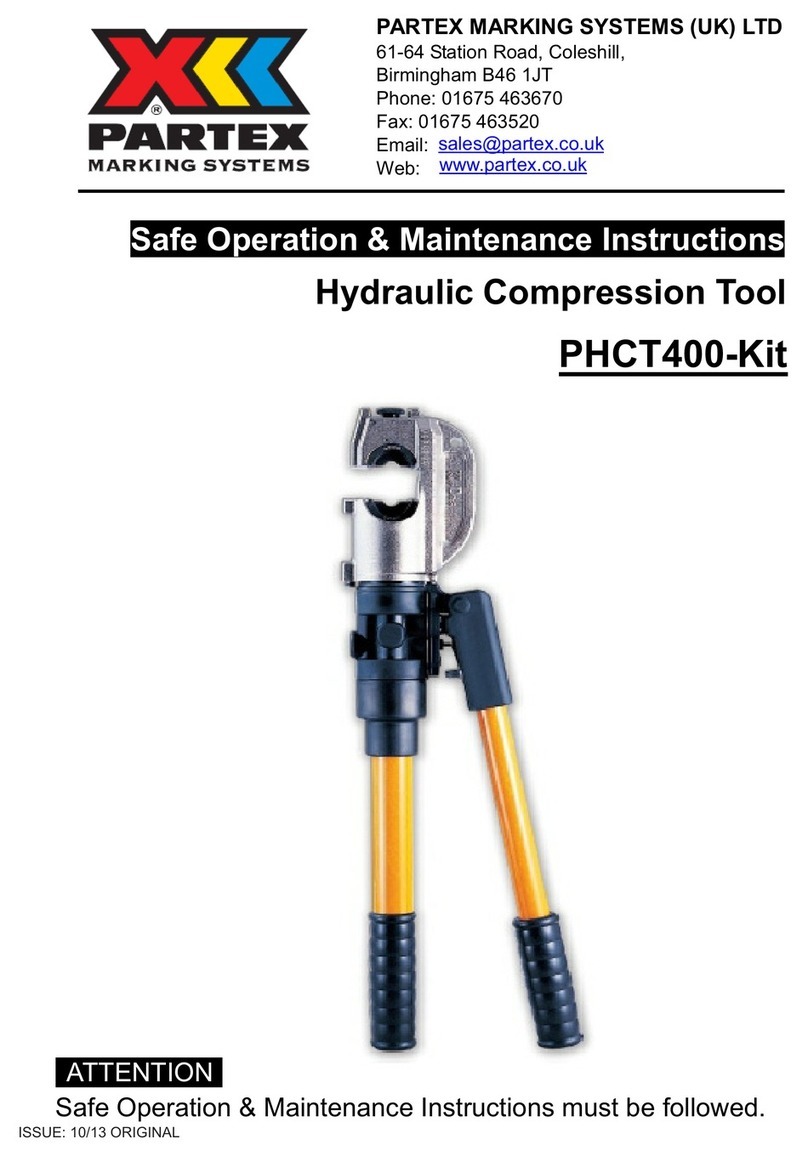
Partex
Partex PHCT400-Kit SAFE OPERATION & MAINTENANCE INSTRUCTIONS
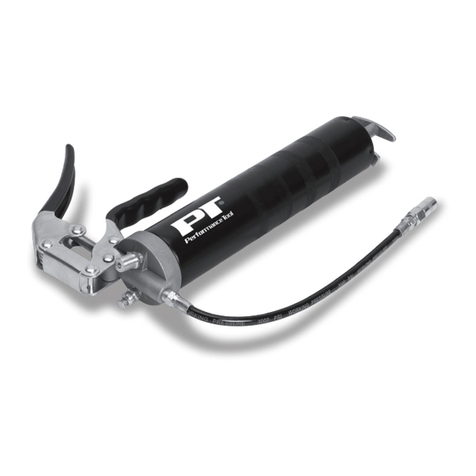
Performance Tool
Performance Tool W54204 owner's manual
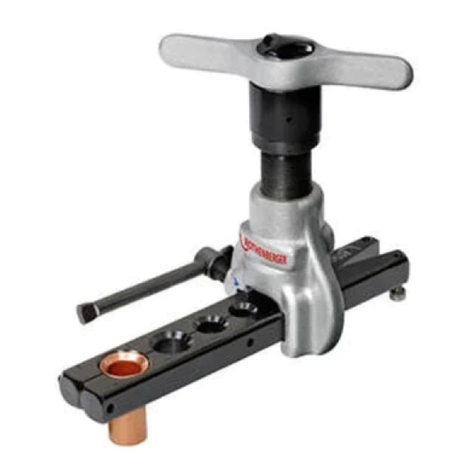
Rothenberger
Rothenberger 2224.04 Instructions for use
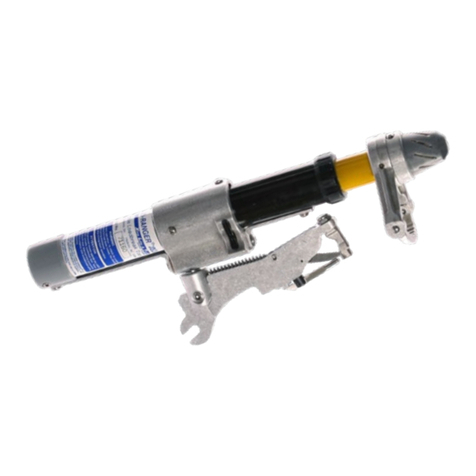
Utility Solutions
Utility Solutions LOAD-RANGER USLR-XLT-1 Operation manual
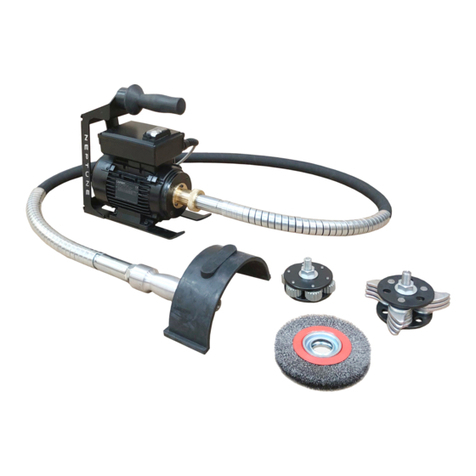
Trelawny
Trelawny Trident Neptune Operation and maintenance manual

